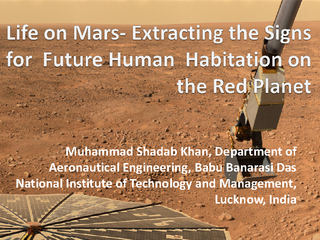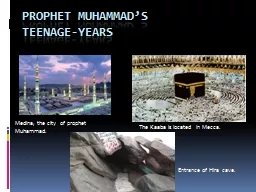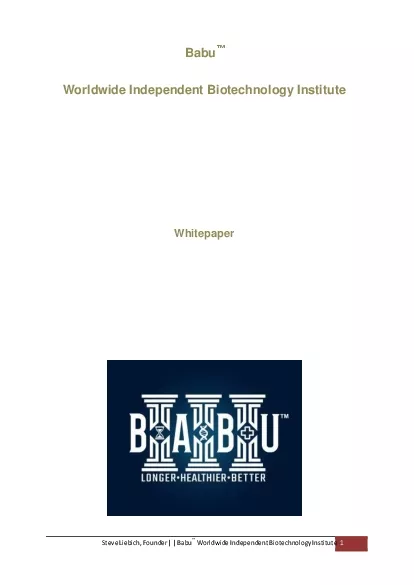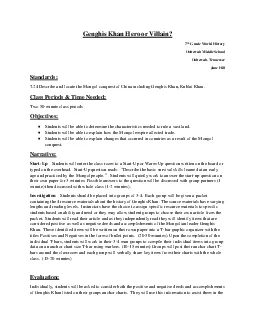PDF-Muhammad Shadab Khan, Department of Aeronautical Engineering, Babu Ban
Author : liane-varnes | Published Date : 2015-08-03
CONTENTIntroductionLife on MarsSigns of Life Found on Mars and Similarities with those signs on EarthUtilizing Life Support Resources present on Mars for human habitation INTRODUCTIONRiseofGlobalWarm
Presentation Embed Code
Download Presentation
Download Presentation The PPT/PDF document "Muhammad Shadab Khan, Department of Aero..." is the property of its rightful owner. Permission is granted to download and print the materials on this website for personal, non-commercial use only, and to display it on your personal computer provided you do not modify the materials and that you retain all copyright notices contained in the materials. By downloading content from our website, you accept the terms of this agreement.
Muhammad Shadab Khan, Department of Aeronautical Engineering, Babu Ban: Transcript
Download Rules Of Document
"Muhammad Shadab Khan, Department of Aeronautical Engineering, Babu Ban"The content belongs to its owner. You may download and print it for personal use, without modification, and keep all copyright notices. By downloading, you agree to these terms.
Related Documents














